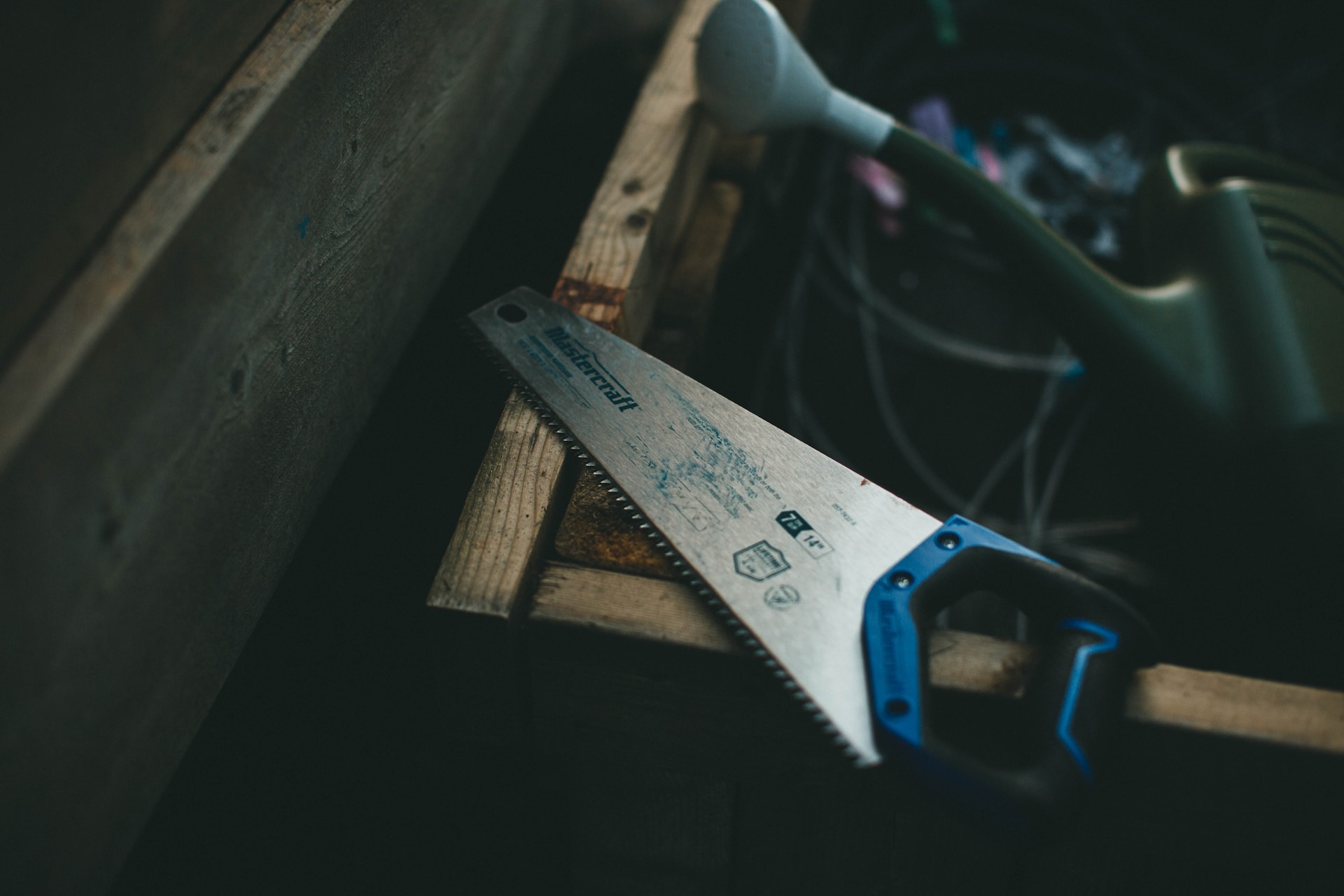Let’s say you’ve grown seeing your dad or mom handled any woodworking projects, and you developed the same interest at a young age. Then, you did pursue a different career.
Let’s be honest. You always miss doing any woodwork. It is time to do what you love. But where to begin? Having a complete set of equipment is something you cannot afford to ignore. Go to your mom’s workstation and check any available tools. Perhaps, there are spirit levels, tape measures, claw hammer, chisel, work bench, nail gun, quick clamps, pencils, and carpenter’s square.
What else is missing? A saw is another tool you should invest in.
But you may get confused or overwhelmed by the variety of options. Knowing the types of saws is worth your time and attention. Here are the common types of saws you should weigh in mind or purchase. Without further ado, let’s get started!
Traditional Handsaw
Who says traditional handsaw is only a part of the past? Many experienced and new DIYers prefer a conventional handsaw for a reason.
Available with a durable handle and a large blade, a traditional handsaw can help you make any woodworking project successful, smooth, and convenient.
Although it is 100% manually operated, a traditional handsaw is an excellent alternative for cutting a thick post that a circular saw blade cannot handle.
When choosing a conventional handsaw, pick a brand or product based on the cut that your project requires and needs.
Hacksaw
A hacksaw is another option to take advantage of. The C-shaped hacksaw, for example, is a top favorite among woodworker enthusiasts. Usually built with thin and interchangeable blades, the C-shaped hacksaw is utilized for cutting any metal pipe.
Available with a wide range of TPI options, the C-shaped hacksaw is the perfect tool for conduit and PVC. Make sure to swap the blades depending on the material you need to cut. Also, it comes with a tension nut that helps you stretch the blade taut without any hassle.
Coping Saw
A coping saw has also been gaining immense popularity in today’s market. The U-shaped coping saw, more particularly, is developed for back-beveled cuts for trim and effortless installation. Although it is usually compared to a hacksaw frequently, its frame is lighter while the blade is shorter. Also, its tiny blades are excellent for creating joints and back-cutting curves with precision. Aside from a coping saw, another must-have for DIYers is the crosscut saw. Never miss checking the 7 Things to Know About Crosscut Saws.
Jigsaw
Have you been searching for a multi-purpose saw for DIYers? Do not look further than a jigsaw. It can cut straight lines and cut curves, too. As one of the safer saws, a jigsaw is available with a shoe that rests on the surface of any material you need to cut. It also surrounds the blade, providing extra protection. Plus, the shoe is adjustable according to your unique needs and requirements.
Circular Saw
A versatile saw? The perfect tool for cutting straight lines? A fantastic option for framing? An excellent alternative to a table saw? Name it! A circular saw has them all.
Regardless of size, a circular saw has a wide base and encased blade that fits flat against any material you need.
Like any other option, a circular saw is built in various sizes. While a 71/4 inch circular saw is the sought-after option, you can also find saws with 4-inch blades.
If you handle most construction tasks, a larger saw is excellent for you. If you always deal with light woodworking jobs, a saw with a smaller blade will be your best.
For more information about saws, handyman.guide/ is the platform you should explore. Click here for more.

